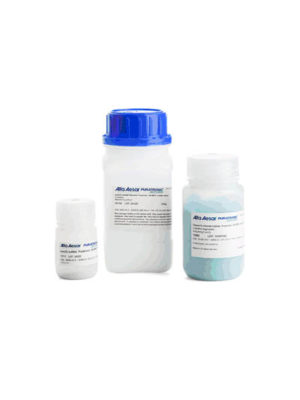Inorganic Hydroxides

Inorganic Hydroxides
The hydroxide moiety contains a oxygen-hydrogen bond, carrying a negative charge. Some of the inorganic hydroxides, like sodium hydroxide, calcium hydroxide, and other alkali hydroxides, are strong bases that are important industrial alkalis. Some of them, like hydroxides of zinc, aluminium, tin, beryllium, and lead, are amphoteric, as they act like both acids and bases. Lithium hydroxide is used in breathing gas purification systems for spacecraft, submarines, and rebreathers to remove carbon dioxide from exhaled gas. Alkaline earth metal compounds, like magnesium hydroxide, calcium hydroxide, strontium hydroxide, and barium hydroxide, are strong bases. A solution of calcium hydroxide and limewater can be used to test for carbon dioxide. Soda lime, which is a mixture of NaOH and Ca(OH)2, is used as a CO2 absorbent. Unlike the alkali and alkaline earth hydroxides, boron hydroxide, B(OH)3, known as boric acid, is an acid that does not dissociate in aqueous solution. Basic aluminium hydroxide is also amphoteric. Gallium hydroxide, indium hydroxide, and thallium (III) hydroxide are also amphoteric.
The hydroxide ion acts as a base catalyst in several organic transformations. Hydroxide can also act as a Lewis-base catalyst, and as a ligand. Organic reactions where hydroxide can act as a nucleophilic reagent are during amide hydrolysis, in the Cannizzaro reaction, during nucleophilic aliphatic substitution, during nucleophilic aromatic substitution, and in elimination reactions. Alkali metal hydroxides, such as sodium hydroxide, are used in the manufacture of pulp and paper, textiles, soaps, and detergents. Potassium hydroxide is used in agriculture, batteries, petroleum and natural gas refining, and manicure treatments.



